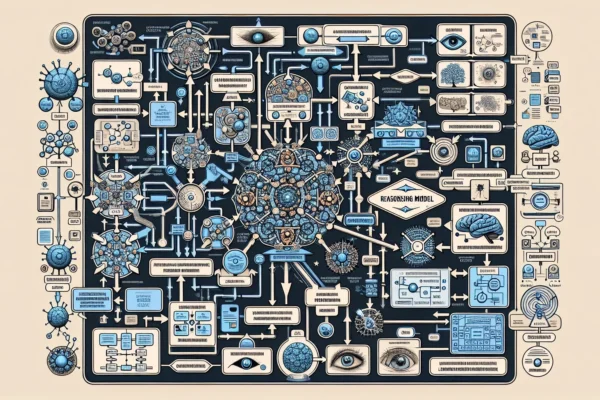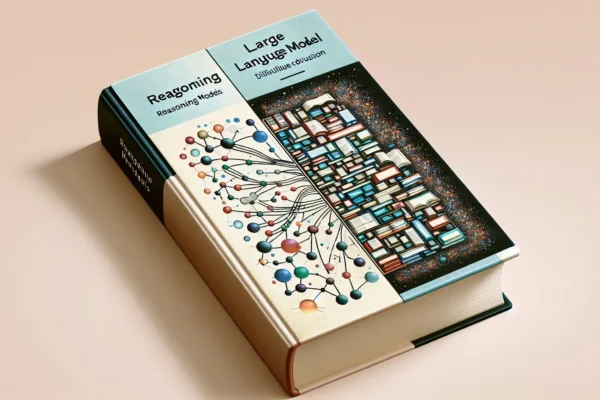AI Algorithms Predicting Disease Outbreaks: A New Era in Public Health
The relentless march of globalization, coupled with climate change and evolving viral landscapes, has made the prediction and containment of disease outbreaks a critical global priority. Traditional surveillance methods, while valuable, often lag behind the speed and complexity of modern epidemics. Enter Artificial Intelligence (AI), offering a powerful new arsenal in the fight against infectious diseases. AI algorithms are not merely replacing existing systems; they are fundamentally reshaping our approach to public health, providing predictive capabilities that were previously unimaginable. This article delves into the specific algorithms being utilized, the data they consume, the challenges they face, and the ethical considerations that must accompany their deployment.
Machine Learning: The Predictive Engine
At the heart of AI-driven disease prediction lies machine learning (ML), a branch of AI that allows computers to learn from data without explicit programming. Several ML algorithms are proving particularly effective in this domain:
Regression Models: These statistical techniques, particularly linear and logistic regression, are used to establish relationships between various factors (e.g., population density, temperature, travel patterns) and the incidence of disease. They can predict the likelihood of an outbreak based on the historical correlation between these factors and past epidemics. While relatively simple, they are easily interpretable and can provide a valuable baseline for more complex models. For example, researchers might use logistic regression to predict the probability of a dengue fever outbreak based on mosquito population, rainfall, and temperature fluctuations.
Time Series Analysis: Diseases often exhibit cyclical patterns. Algorithms like ARIMA (Autoregressive Integrated Moving Average) and Prophet excel at analyzing historical time series data (e.g., weekly influenza cases) to forecast future trends and identify potential surges. These models are particularly useful for predicting seasonal outbreaks, allowing for timely public health interventions. For instance, analyzing the past decade of influenza data using ARIMA could help predict the peak of the upcoming flu season and inform vaccination campaigns.
Decision Trees and Random Forests: These algorithms create a tree-like structure of decision rules to classify or predict outcomes. Decision trees are easy to understand, but random forests, which combine multiple decision trees, offer improved accuracy and robustness. They can identify complex interactions between factors that might be missed by simpler models. In the context of disease prediction, a random forest might analyze a combination of demographic, environmental, and behavioral data to classify regions as high-risk or low-risk for a specific disease outbreak.
Support Vector Machines (SVMs): SVMs are powerful classifiers that can effectively separate data points into different categories. They are particularly useful when dealing with high-dimensional data and complex relationships. In disease prediction, SVMs can be used to classify patients as infected or not infected based on a wide range of symptoms and test results. They can also be used to identify individuals who are at high risk of developing a disease based on their genetic makeup and lifestyle factors.
Neural Networks and Deep Learning: These advanced algorithms, inspired by the structure of the human brain, are capable of learning highly complex patterns from vast amounts of data. Deep learning models, such as convolutional neural networks (CNNs) and recurrent neural networks (RNNs), are particularly well-suited for analyzing image data (e.g., satellite imagery for mosquito breeding grounds) and sequential data (e.g., patient medical records). They have shown promise in predicting outbreaks of diseases like Zika and Ebola, often outperforming traditional methods. For example, a CNN could be trained to identify potential breeding sites for mosquitoes from satellite images, allowing for targeted mosquito control efforts.
Data: Fueling the Predictive Power
The effectiveness of AI algorithms hinges on the availability of high-quality, relevant data. The more data the algorithm has access to, the more accurately it can learn and make predictions. Key data sources include:
Epidemiological Data: This includes traditional surveillance data on disease incidence, prevalence, mortality rates, and demographic information. This is the cornerstone of most disease prediction models.
Environmental Data: Factors like temperature, rainfall, humidity, and air quality can significantly impact disease transmission. Integrating environmental data into AI models can improve their predictive accuracy.
Socioeconomic Data: Poverty, access to healthcare, sanitation levels, and education can all influence the spread of disease. These factors provide critical context for understanding disease dynamics.
Travel Data: Information on air travel, ground transportation, and migration patterns can help predict the geographic spread of diseases. Real-time flight data, for instance, can be used to track the movement of potentially infected individuals.
Social Media Data: Platforms like Twitter and Facebook can provide early warning signs of outbreaks. Analyzing social media posts for keywords related to symptoms and health concerns can help identify potential hotspots of disease activity. However, this data requires careful filtering and validation to avoid misinformation.
Genomic Data: Sequencing the genomes of pathogens can reveal their origins, transmission pathways, and potential for drug resistance. This information can be used to predict the evolution of diseases and inform the development of new treatments.
Animal Health Data: Many human diseases originate in animals. Monitoring animal populations for signs of illness can provide early warning of potential zoonotic outbreaks.
Challenges and Limitations
Despite their potential, AI-driven disease prediction systems face several challenges:
Data Quality and Availability: The accuracy of predictions depends heavily on the quality and completeness of the data. Gaps in data, inconsistent reporting, and biases in data collection can all undermine the performance of AI algorithms.
Model Interpretability: Complex AI models, particularly deep learning models, can be difficult to interpret. Understanding how the algorithm arrived at a particular prediction is crucial for building trust and ensuring that the predictions are actionable.
Overfitting: AI models can sometimes “memorize” the training data, leading to poor performance on new data. This is known as overfitting and can be mitigated through techniques like cross-validation and regularization.
Generalizability: Models trained on data from one region or population may not generalize well to other regions or populations. It is important to carefully validate AI models on diverse datasets to ensure their robustness.
Ethical Considerations: The use of AI in disease prediction raises several ethical concerns, including privacy, bias, and fairness. It is essential to develop ethical guidelines and regulations to ensure that AI is used responsibly and equitably. Data privacy must be paramount, and algorithms must be designed to avoid perpetuating existing biases.
Ethical Frameworks and the Future
Addressing the ethical considerations surrounding AI in disease prediction is paramount. Frameworks must be established to ensure data privacy, prevent discriminatory outcomes, and promote transparency in algorithmic decision-making. The future of disease prediction lies in the responsible and ethical application of AI, coupled with strong public health infrastructure and global collaboration. Continued research and development are needed to improve the accuracy, reliability, and interpretability of AI algorithms. Furthermore, investments in data collection and sharing are crucial to ensure that AI models have access to the information they need to make accurate predictions. By embracing AI and addressing its challenges, we can move towards a future where disease outbreaks are detected early, contained effectively, and prevented from causing widespread suffering.



